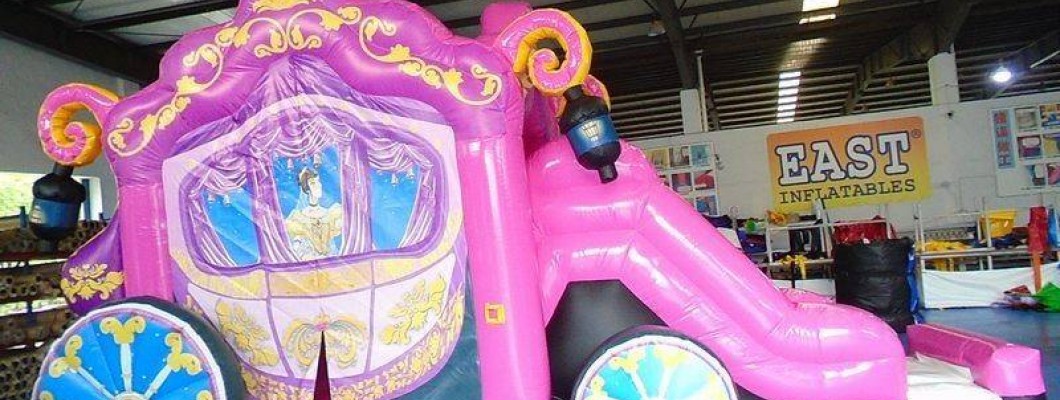
Bouncy castles are a popular attraction at outdoor events, providing hours of fun for children and adults alike. However, weather conditions can sometimes be unpredictable, and you may find yourself dealing with a wet bouncy castle. This article explores what happens if a bouncy castle gets wet, the potential risks, and how to properly manage and maintain it in such situations.
1. Immediate Effects of Getting a Bouncy Castle Wet
When a bouncy castle gets wet, several immediate effects can occur:
- Slippery Surface: Water can make the surface of the bouncy castle slippery, increasing the risk of falls and injuries.
- Increased Weight: Water can seep into the seams and fabric, making the bouncy castle heavier and harder to move.
- Mold and Mildew: Prolonged exposure to moisture can lead to the growth of mold and mildew, which can cause health issues and damage the material.
2. Safety Concerns
Using a wet bouncy castle can pose several safety risks:
- Slipping Hazards: The wet surface can cause participants to slip and fall, leading to potential injuries.
- Electrical Risks: If the bouncy castle uses an electric blower, water exposure can pose electrical hazards.
- Structural Integrity: Excessive water weight can strain the structure, potentially causing seams to split or the inflatable to collapse.
3. Steps to Take If a Bouncy Castle Gets Wet
If your bouncy castle gets wet, follow these steps to mitigate the effects and ensure safety:
- Turn Off the Blower: Immediately turn off and unplug the blower to prevent electrical hazards.
- Dry the Surface: Use towels or a wet/dry vacuum to remove as much water as possible from the surface.
- Air Dry: Allow the bouncy castle to air dry in a well-ventilated area. If possible, set it up indoors or under a shelter to speed up the drying process.
- Inspect for Damage: Once dry, inspect the bouncy castle for any signs of damage or mold. Repair any issues before using it again.
4. Preventive Measures
To prevent your bouncy castle from getting wet, consider the following measures:
- Monitor Weather Conditions: Keep an eye on the weather forecast and avoid setting up the bouncy castle if rain is expected.
- Use a Ground Cover: Place a tarp or ground cover under the bouncy castle to reduce moisture from the ground.
- Cover the Bouncy Castle: Use a large tarp or canopy to cover the bouncy castle if there is a chance of rain.
5. Conclusion
While getting a bouncy castle wet can pose several risks and challenges, proper management and preventive measures can help mitigate the effects. By taking the necessary steps to dry and inspect the inflatable, you can ensure it remains safe and enjoyable for everyone. Always prioritize safety and be prepared to take action if the weather takes a turn for the worse.




Leave a Comment